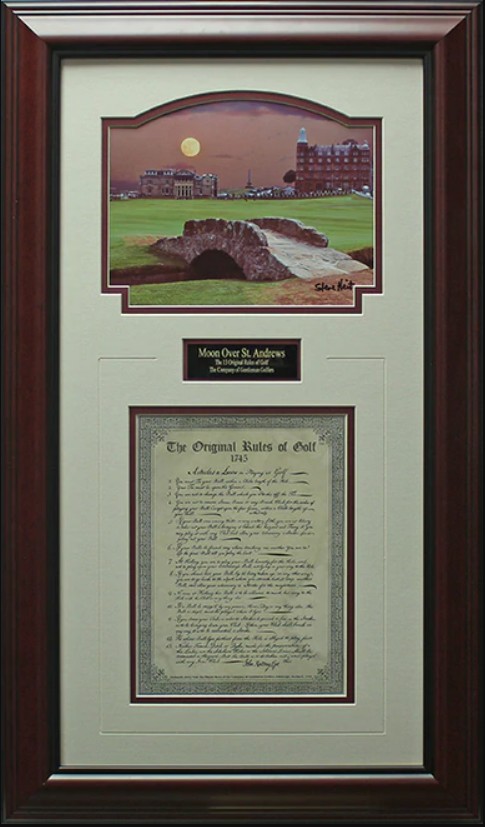
The 1744 Rules of Golf represent the earliest known written guidelines for playing the game. They were created by the Gentlemen Golfers of Leith, a group based in Scotland, on March 7, 1744. These rules were drafted specifically for a tournament held on April 2 of that year. Titled “Articles and Laws in Playing at Golf,” the document included 13 concise rules. Although simple by modern standards, these early instructions laid the foundation for the structure and spirit of the game as it developed over time.
The need for written rules arose as golf grew in popularity during the 18th century. Before this point, the game had been governed mainly by local customs and informal agreements. However, as competitions became more organized, the players saw the importance of having a consistent set of principles to follow. Therefore, the Gentlemen Golfers of Leith took the initiative to create an official rulebook. This action later influenced the formation of formal golf clubs, including the Honourable Company of Edinburgh Golfers and the Royal and Ancient Golf Club of St Andrews.
The original rules were handwritten and outlined procedures for playing fairly, handling hazards, and resolving disputes. They reflect both the values and limitations of the sport at that time, including terminology and practices no longer in use today. Nevertheless, their historical significance remains considerable.
An image of the iconic 18th hole at St Andrews is displayed with a copy of these rules. This view features the clubhouse and the Swilcan Bridge—landmarks closely associated with golf’s long-standing traditions. Together, the framed rules and image capture the game’s origins and enduring legacy.
This presentation offers context for how modern golf evolved from a handful of hand-written guidelines to an internationally recognized sport governed by global standards.
